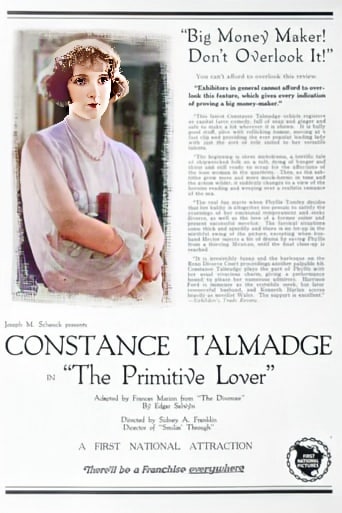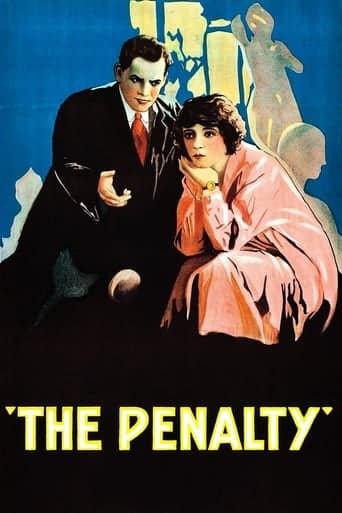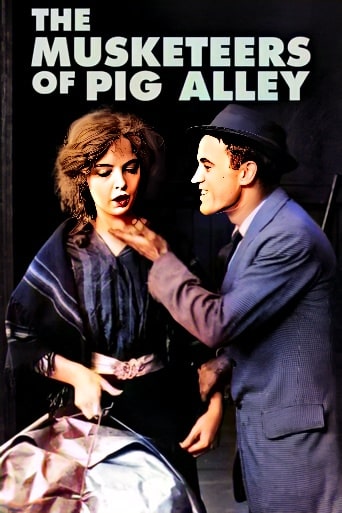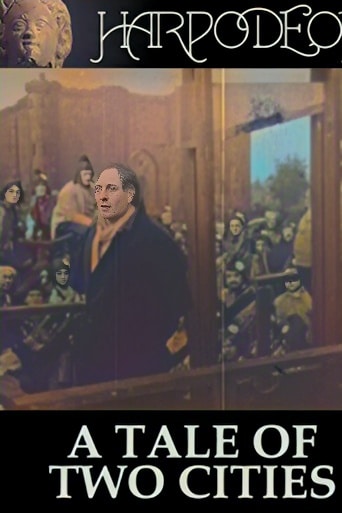The Ace of Hearts (1921)

 “The Ace of Hearts,” a 1921 silent film directed by Wallace Worsley, is a remarkable and enigmatic entry in the annals of early cinema.
“The Ace of Hearts,” a 1921 silent film directed by Wallace Worsley, is a remarkable and enigmatic entry in the annals of early cinema.
Known for its unique storyline, outstanding performances, and its lasting impact on the silent film era, the movie continues to captivate audiences even a century after its release.
The film’s plot is centered around a secret society known as “The Black Hundred,” which is dedicated to carrying out acts of terrorism against those deemed responsible for social injustices. The members of the society are tasked with selecting a “victim” by drawing cards, with the Ace of Hearts designating the chosen target. This intricate and unconventional premise sets the stage for a suspenseful and thought-provoking narrative.
“The Ace of Hearts” boasts a talented cast, with notables like Lon Chaney, Leatrice Joy, and John Bowers. Lon Chaney’s performance, in particular, stands out, as he was known for his exceptional ability to portray a wide range of characters in silent cinema. In the film, he plays the role of Farallone, a member of the secret society who falls in love with the intended victim, Lilith ( Leatrice Joy). Chaney’s portrayal of a conflicted character torn between loyalty to the society and his love for Lilith adds depth and intrigue to the story.
The film’s director, Wallace Worsley, was a seasoned filmmaker with a keen sense of storytelling. He employed various cinematic techniques to build tension and suspense throughout the narrative. “The Ace of Hearts” features striking visual compositions and inventive use of lighting to convey the characters’ emotions and the moral dilemmas they face.
One of the most noteworthy aspects of “The Ace of Hearts” is its unconventional ending, which defies the typical conventions of silent cinema. The film leaves the audience in a state of ambiguity, allowing for multiple interpretations and discussions regarding the characters’ fates and the consequences of their actions. This departure from traditional storytelling made the film both intriguing and controversial, setting it apart from other silent films of the era.
“The Ace of Hearts” has endured as a classic example of early cinematic storytelling. Its thought-provoking themes and non-conformist conclusion have continued to resonate with audiences and scholars. The film’s influence on later works in cinema, particularly in the realm of psychological thrillers, is evident, showcasing its lasting significance in film history.
In conclusion, “The Ace of Hearts” (1921) is a silent film that defies expectations and challenges the conventions of its era. Its intricate narrative, exceptional performances, and unconventional ending make it a timeless classic in the world of silent cinema. The film’s ability to engage and provoke thought is a testament to the enduring power of early filmmaking and its impact on the evolution of cinematic storytelling.
Release Date: September 17th, 1921
Main Cast Members
Lon Chaney (Farallone)
Leatrice Joy (Lilith)
John Bowers (Forrest)
Hardee Kirkland (Morgridge)
Raymond Hatton (The Menace)
Edwin Wallock (Chemist)

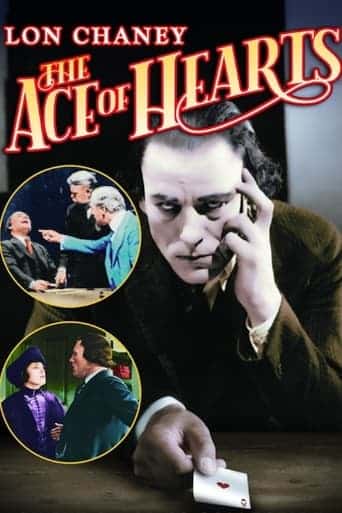 “The Ace of Hearts,” a 1921 silent film directed by Wallace Worsley, is a remarkable and enigmatic entry in the annals of early cinema.
“The Ace of Hearts,” a 1921 silent film directed by Wallace Worsley, is a remarkable and enigmatic entry in the annals of early cinema.